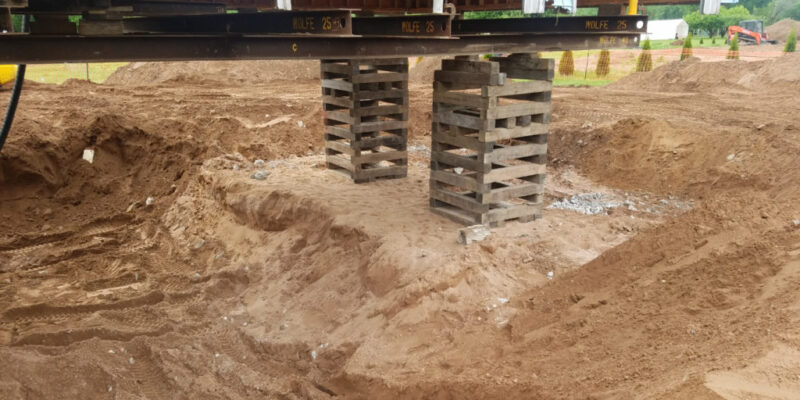Making Decisions for House Foundation Construction

Foundation construction is one of the most important aspects of constructing a new house. Building a solid foundation that is tailored to your house will lead to less need for possible foundation repair in the future. The two main types of foundations are shallow footing and deep footing, with shallow footing being less expensive than deep footing. Which one to choose depends on many factors.
Shallow Footing
Shallow footing is best if you are building a one-story house on land with good soil conditions. Hence the name, shallow foundations are built into the soil only a small amount, usually to just below the frost line, making foundation repair relatively easy. These types of foundations make good use of limited steel and concrete materials but are more prone to torsion and pullout than deep foundations. Some types of shallow footing include pad footing, strip footing, slab-on-floor, and Ribcraft foundation.
Pad footing is one of the easiest and least expensive types of home foundations to have installed. This concrete footing provides vertical support and transfers the weight of the house to the ground. Pad footings are best for lightweight timber construction.
Strip footing is used when the foundation needs to support a load-bearing wall or line of columns. These footings are used for concrete as well as timber floors.
Deep Footing
In order to avoid future foundation repair work, you will want to consider deep footing if you are building a house with more than one story, or building on land with poor soil conditions. These foundations extend into the ground by a greater amount than the simpler shallow footing foundations and may be referred to as piles, caissons, piers, or drilled shafts. Deep footings make use of a wider variety of materials than shallow footings to include steel, timber, reinforced concrete, and pre-tensioned concrete.
Because of the many factors that go into choosing a foundation type, it is best to consult an expert before proceeding.


